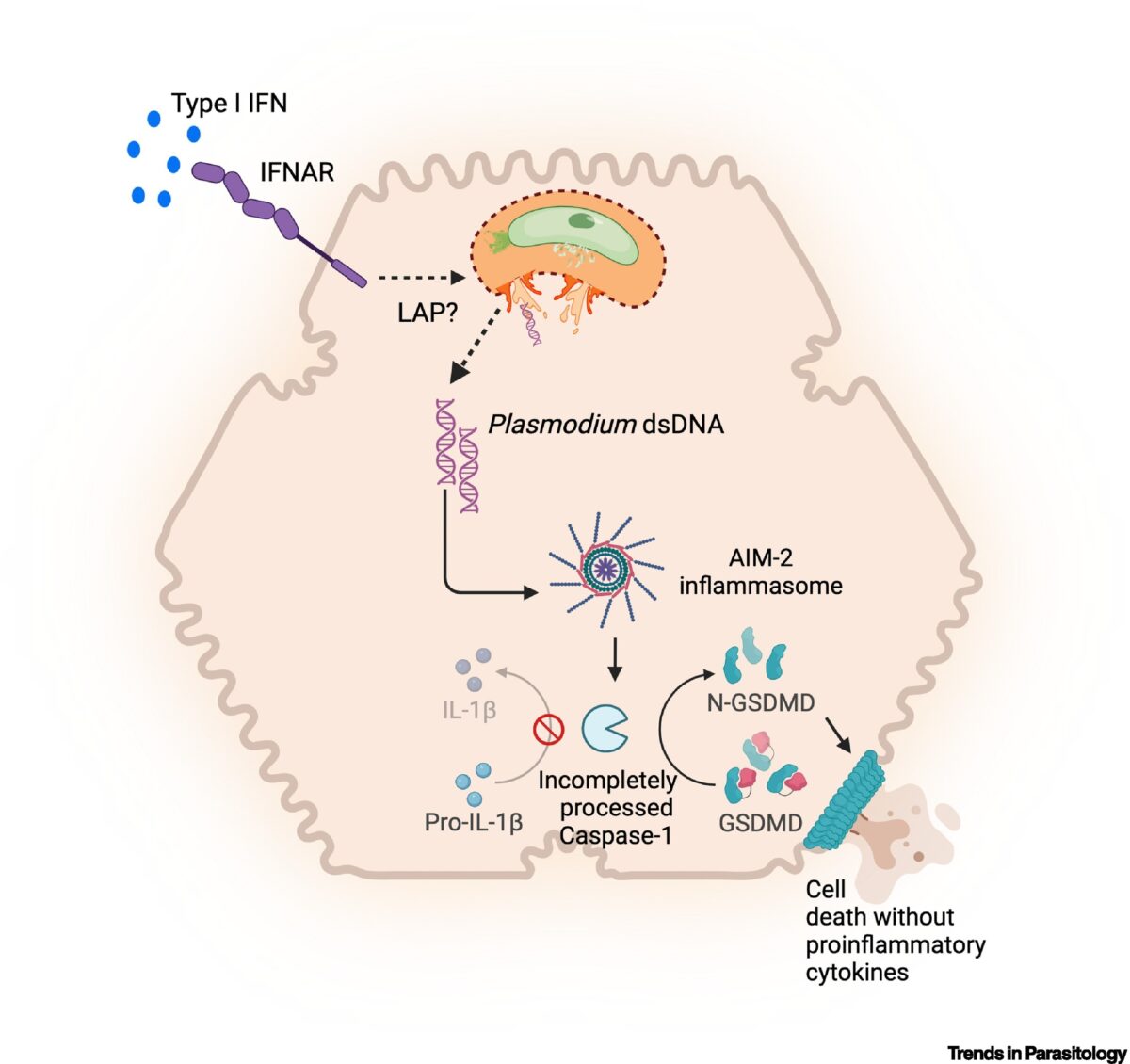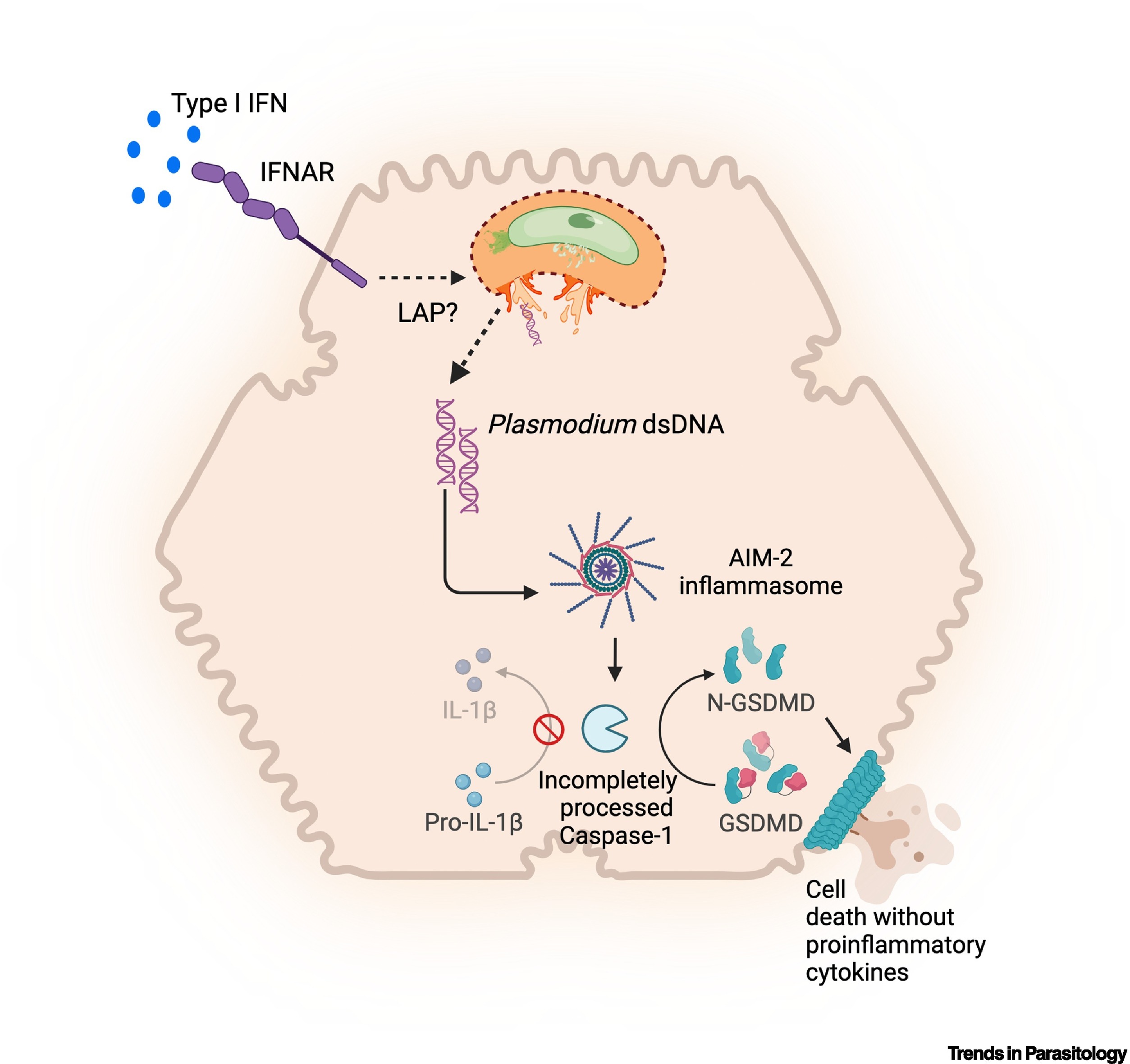
My name is Grace Vick and I am a 4th year infectious diseases PhD candidate in Vasant Muralidharan’s lab. I’m originally from North Carolina and received my Bachelor’s of Science in Biology from Western Carolina University. After graduating undergraduate, I completed an internship at the Defense Forensic Science Center doing forensic biology research. After that, I spent 2 years as an ORISE Fellow at the Centers for Disease Control and Prevention, studying and identifying genetic markers of multi-drug resistant strains of Neisseria gonorrhoeae. I came straight to UGA through the ILS program after my fellowship at CDC.
What made you want to study science?
Ever since I was little, I’ve always spent a lot of time being outside in nature and enjoyed figuring out the intricacies of how things work. During my undergraduate, I was able to explore the different areas of science and found the molecular biology of genetics to be an interesting field that is highly translatable and still vastly unknown. After I spent a few years gaining lab experience and an appreciation for the public health concerns of infectious diseases at the CDC, I knew I wanted to pursue a PhD in that field which brought me to UGA.
Why did you choose UGA?
My experience at the CDC offered the opportunity to learn about diseases and public health issues across all sectors and countries, which led me to learn more about parasitic diseases. Previously, I knew nothing about these diseases but as I learned more about their complex and fascinating life cycles and how these diseases of poverty impact people around the world, I was captivated by this research. Because I was really interested in spending my PhD studying infectious and parasitic diseases, I found out about the CTEGD at UGA and that is what brought me here. The CTEGD is a really wonderful environment for trainees to be exposed to exciting and diverse parasitology research, and I’ve really enjoyed my experience here.
What is your research focus and why did you choose it?
Our lab works on the deadliest form of malaria, Plasmodium falciparum. P. falciparum kills over half a million people each year, with the majority of those deaths being children under the age of 5. Our lab is interested in understanding the molecular mechanisms that are essential to asexual blood stage of this parasite. My work specifically focuses on determining the role of previously unknown proteins that we have discovered are essential for asexual stage invasion of merozoites into host red blood cells. Using a combination of genetic engineering, molecular, and cellular biology techniques, I aim to determine the molecular function of these proteins in the human asexual stage invasion of red blood cells.
Have you received any awards or honors?
In addition to receiving the NIH T32 Predoctoral Fellowship, I have been invited to present at multiple national and international conferences such as Molecular Parasitology Meeting in Massachusetts and Molecular Approaches in Malaria in Lorne, Australia where I won a poster award.
What are your career goals?
When I graduate with my doctoral degree, I hope to either join governmental research or the industry sector. If I decided to head into governmental work, I would choose a career at the CDC where I could continue working in the parasitology research field and apply current public health policies to the international parasitology field. If I decide to join the biomedical industry sector, I would want to work in Research and Design at a company that designs therapeutics and diagnostics for disease prevention and treatment.
What do you hope to do for your capstone experience?
I would really love to experience fieldwork in a malaria-endemic region. I think having the experience of meeting people and learning firsthand how this disease affects millions of people every day would be very eye-opening for me since I have only seen the lab side of malaria. The ability to experience fieldwork would give me a broader experience with how malaria is researched and treated outside of the lab environment and in rural lab environments. I would love to visit Africa or South East Asia to conduct fieldwork in a malaria-endemic environment.
What is your favorite thing about Athens?
Obviously, I love the food in Athens! I love going downtown to grab food and drinks on the weekend. Otherwise, I enjoy getting out and exploring the green spaces and parks that Athens has to offer such as Sandy Creek and the North Oconee Greenway with my husband and dog.
Any advice for a student interested in this field?
I would say the best advice is to read and soak up as much as you can about parasitology both before you get into the field and after. A lot of research has overlap between different parasites and it’s helpful to know about other parasitic diseases that might not be your main focus. Plus, parasites are fun!  My other advice in general for starting graduate school is to always reach out to students in labs you’re interested in joining. Students are pretty much always willing to help give clear insight into lab dynamics, mentorship of the PI, and generally how life working in that lab is. That information is all really helpful to know when choosing which lab to join!
My other advice in general for starting graduate school is to always reach out to students in labs you’re interested in joining. Students are pretty much always willing to help give clear insight into lab dynamics, mentorship of the PI, and generally how life working in that lab is. That information is all really helpful to know when choosing which lab to join!
Support trainees like Grace by giving today to the Center for Tropical & Emerging Global Diseases.
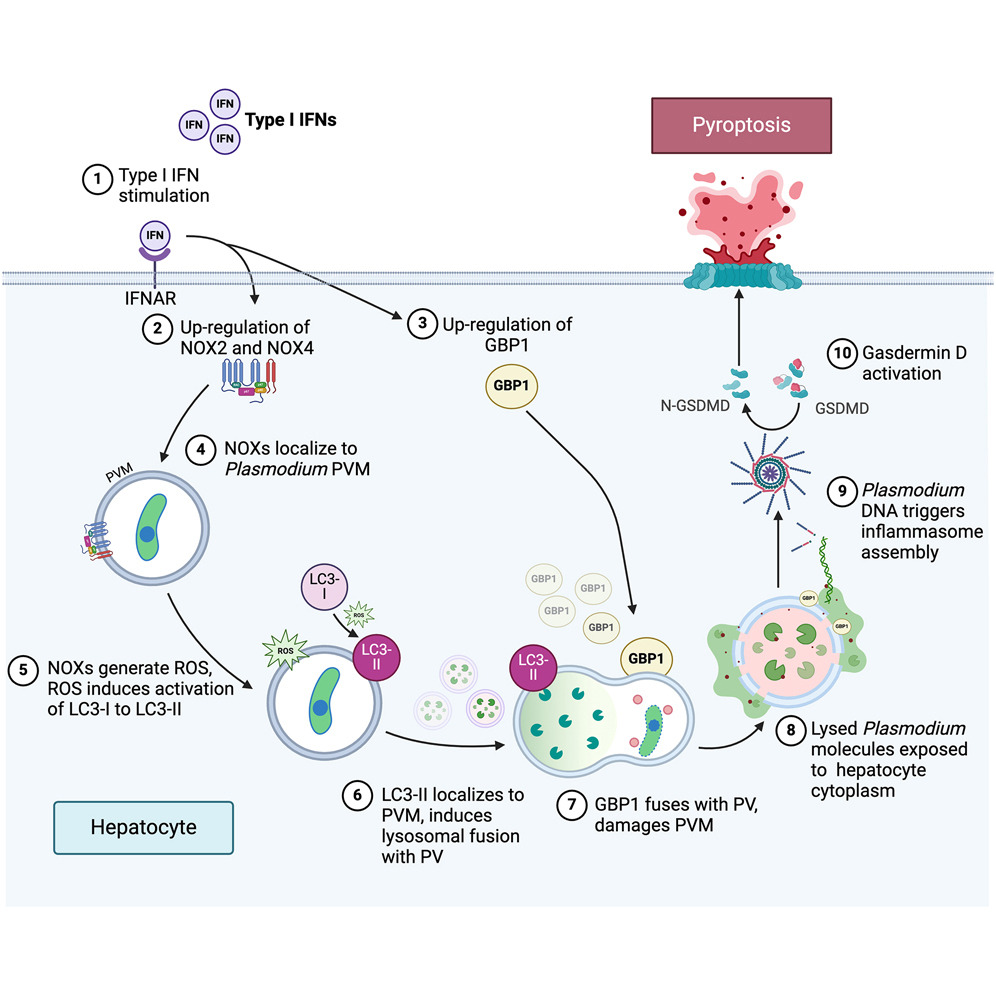 Plasmodium parasites undergo development and replication within hepatocytes before infecting erythrocytes and initiating clinical malaria. Although type I interferons (IFNs) are known to hinder Plasmodium infection within the liver, the underlying mechanisms remain unclear. Here, we describe two IFN-I-driven hepatocyte antimicrobial programs controlling liver-stage malaria. First, oxidative defense by NADPH oxidases 2 and 4 triggers a pathway of lysosomal fusion with the parasitophorous vacuole (PV) to help clear Plasmodium. Second, guanylate-binding protein (GBP) 1-mediated disruption of the PV activates the caspase-1 inflammasome, inducing pyroptosis to remove infected host cells. Remarkably, both human and mouse hepatocytes enlist these cell-autonomous immune programs to eliminate Plasmodium, with their pharmacologic or genetic inhibition leading to profound malarial susceptibility in vivo. In addition to identifying IFN-I-mediated cell-autonomous immune circuits controlling Plasmodium infection in the hepatocytes, our study also extends the understanding of how non-immune cells are integral to protective immunity against malaria.
Plasmodium parasites undergo development and replication within hepatocytes before infecting erythrocytes and initiating clinical malaria. Although type I interferons (IFNs) are known to hinder Plasmodium infection within the liver, the underlying mechanisms remain unclear. Here, we describe two IFN-I-driven hepatocyte antimicrobial programs controlling liver-stage malaria. First, oxidative defense by NADPH oxidases 2 and 4 triggers a pathway of lysosomal fusion with the parasitophorous vacuole (PV) to help clear Plasmodium. Second, guanylate-binding protein (GBP) 1-mediated disruption of the PV activates the caspase-1 inflammasome, inducing pyroptosis to remove infected host cells. Remarkably, both human and mouse hepatocytes enlist these cell-autonomous immune programs to eliminate Plasmodium, with their pharmacologic or genetic inhibition leading to profound malarial susceptibility in vivo. In addition to identifying IFN-I-mediated cell-autonomous immune circuits controlling Plasmodium infection in the hepatocytes, our study also extends the understanding of how non-immune cells are integral to protective immunity against malaria.




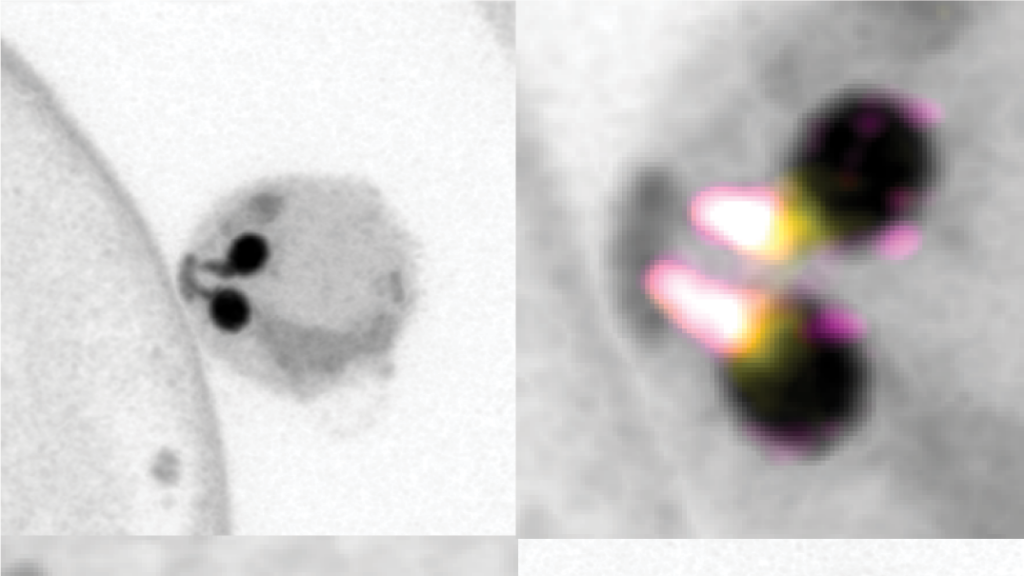

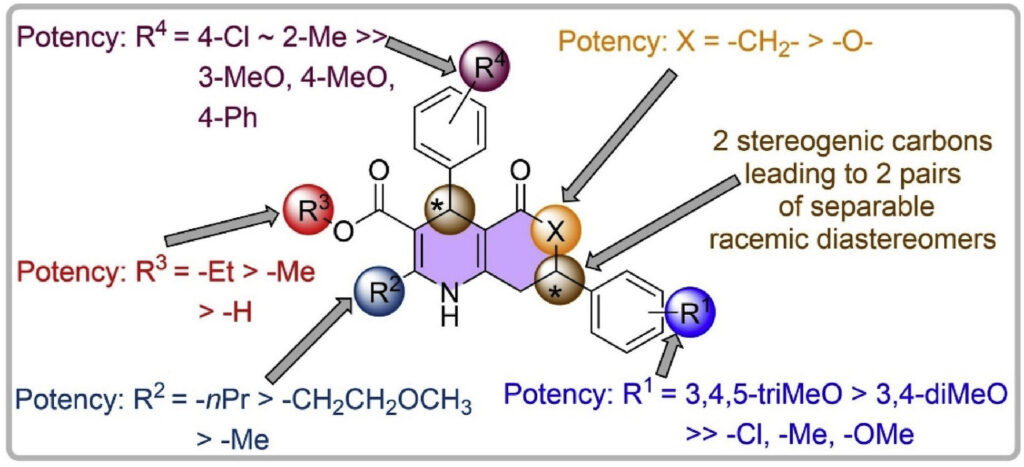
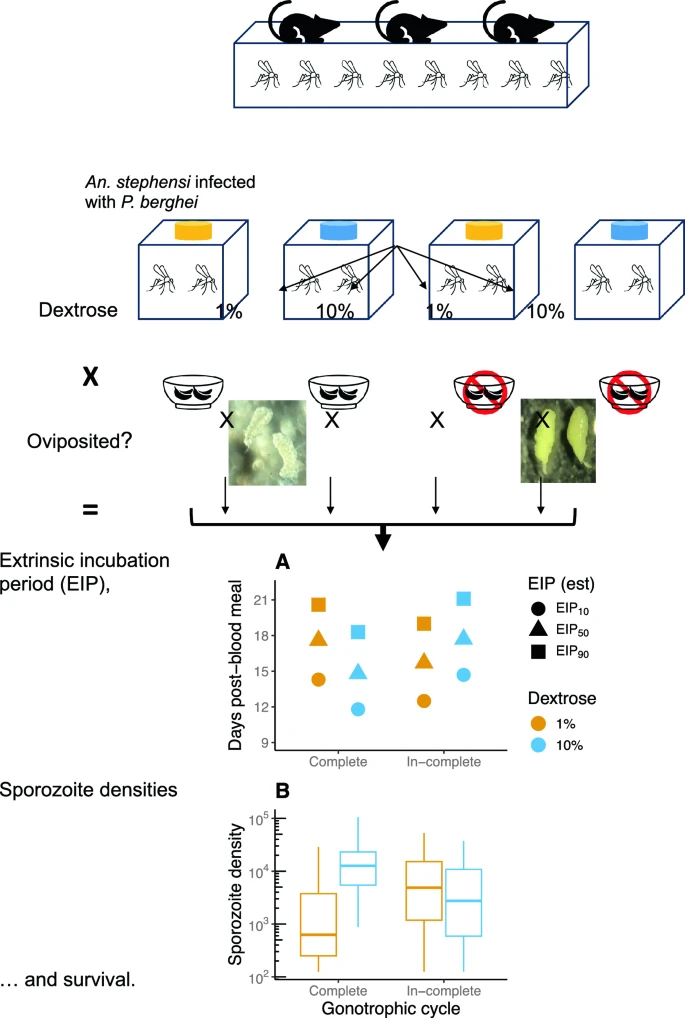

 My other advice in general for starting graduate school is to always reach out to students in labs you’re interested in joining. Students are pretty much always willing to help give clear insight into lab dynamics, mentorship of the PI, and generally how life working in that lab is. That information is all really helpful to know when choosing which lab to join!
My other advice in general for starting graduate school is to always reach out to students in labs you’re interested in joining. Students are pretty much always willing to help give clear insight into lab dynamics, mentorship of the PI, and generally how life working in that lab is. That information is all really helpful to know when choosing which lab to join!